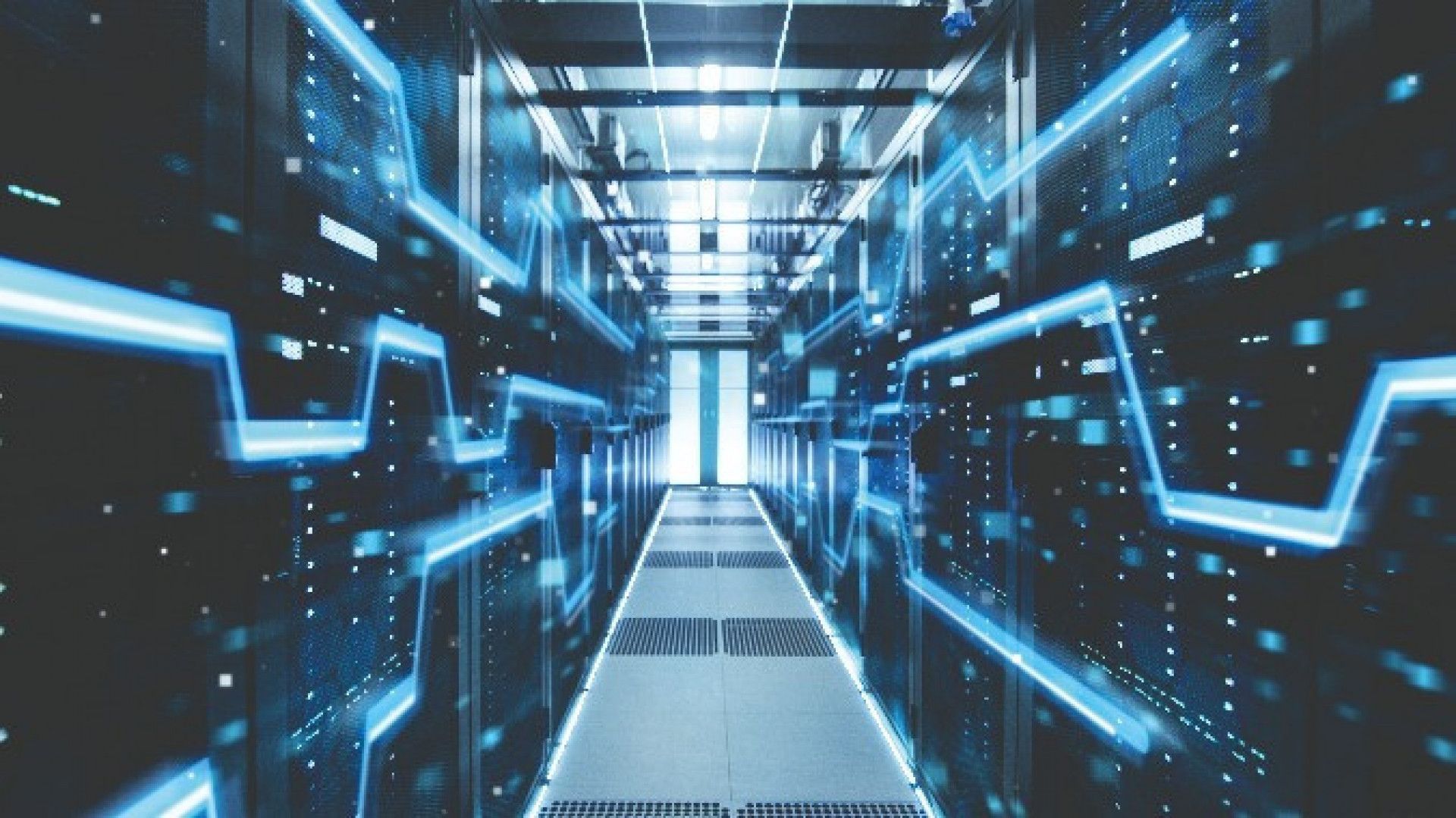The COVID-19 pandemic has dramatically changed the world, including global business operations and protocols. Organisations around the world are making accommodations to help in the fight against coronavirus and some find themselves with major responsibilities. Particularly, data centers are faced with crucial roles in keeping the world running as everything else is forced on hold.
With over 107 million cases worldwide, the coronavirus has not only disrupted everyday life, but it’s also changing the face of business. With an unprecedented rise in internet use and need along with even greater requirements to store and manage data, data centers are accounting for these changes worldwide on a scale that’s unlike ever before. Without a doubt, the role of data centers has crucially expanded.
With fewer people out in public, the internet has seen a rise in global traffic. Many organisations have encouraged working from home and are limiting the number of staff and employees on site to slow the spread of the virus. Even essential workers are encouraged to stay indoors whenever possible. As a result, millions of people are staying at home browsing social media, using online video conferencing services to stay connected and accessing more streaming services compared to before. The increase in internet traffic has placed more importance on the role of data centers in meeting and managing these rising demands.
Research conducted by Cloudfare revealed that internet usage swelled by over 25 per cent in most major cities around the world as a result of the lockdown measures. In response, data centers were able to upgrade their capacity to handle the additional strain on their networks. Data centers have been able to remain agile as a result of the sudden increase and dependency on the internet as the world adjusts to social distancing.
Without data and data centers, businesses, schools and hospitals would not be operational, and communities would not be able to track, treat and prevent the spread of COVID-19. As people continue to turn to the internet for nearly everything – information, shopping, entertainment – data centers need to ensure that connections are fast and stable.
Not only is internet traffic growing, but the use of collaborative software for businesses is also on the rise. As more businesses adapt to working remotely, there has been a rise in cloud storage and teleconferencing services. Data centers are taking this increase into account, and some are even helping companies with their data demands.
Collaborative applications and software like Microsoft Teams and Zoom saw a vast increase in downloads: up to 90% from the pre-COVID-19 weekly download average. In response to business demands and company needs, companies like Microsoft, Google and Zoom are offering some of their services for free for businesses to incorporate.
Collaborative platforms and software have driven cloud growth for years and these services are becoming more crucial than ever. Cloud computing and storage make data connectivity possible as organisations run applications for daily use utilising many different platforms. This is possible by operating within cloud centers.
The pandemic has placed heavy emphasis on connectivity, and enterprise contingency plans for remote work are no longer debatable but rather a necessity. As businesses continue to evolve, data centers will continue to expand and adjust to meet the increase in demands for connectivity. Future trends indicate more reliance on cloud capabilities as businesses shift their models to incorporate more flexible remote working capabilities.
The healthcare industry is leading the fight against the pandemic and is responsible for efficient emergency services that require fast and reliable communication. The increase of connected devices within the medical field is also increasing the workload of IT professionals in healthcare. Due to the sheer mass of data that healthcare providers now find themselves managing, data is being moved to the cloud or edge networks, which data centers need to accommodate. Some data centers and their parent companies are working to strengthen the storage and accessibility of this data.
Some companies worldwide have offered medical staff free trials of advanced web services like cloud-based telecommunication. Video conferencing software that uses AI to provide real-time translation services has enabled doctors around the world to share information about the virus, including symptoms and treatments. Without data centers, emergency services like the healthcare industry would not be able to provide vital functions like these to aid the worldwide response to the pandemic.
Data centers are not only responsible for maintaining the global increase of the internet, but they’re also responsible for managing potential risks and threats to cybersecurity. Along with an increase in internet traffic comes an increase in risks and threats, which is why data centers need to focus on cybersecurity as the surge in internet use increases. Software security should be a focus for businesses right now as they’re adopting new remote working capabilities. Hacking, malware and spyware are all data center security threats and vulnerabilities that can jeopardise operations for businesses and vital industries such as healthcare. A security information and event management tool offers a real-time view of a data center’s security. Before deploying applications, data centers can scan them for vulnerabilities and then provide metrics and solutions to remedy those risks and threats. With the rise of cloud computing, both visibility and management of data is a mandatory protective measure since there could be malware hidden in the stream of traffic that can go unnoticed without cybersecurity.
The management of data is made possible today because of the growth in cloud computing and the data center’s critical role in the world’s data infrastructure. As organisations run applications for daily use and expand their infrastructures to remote working capabilities, cloud computing is becoming more essential and the global online community must rely on the performance of key memory and storage solutions. This will allow the world to keep up and efficiently manage the growing trend of data while maintaining connectivity.














